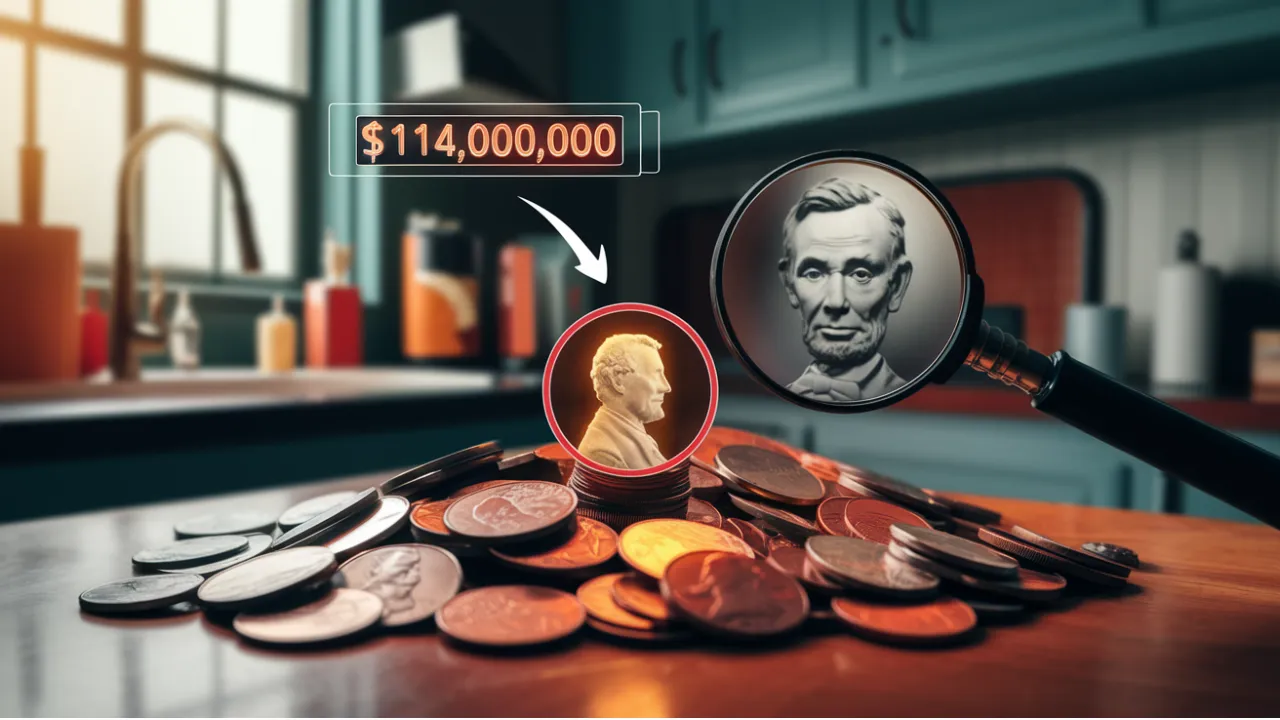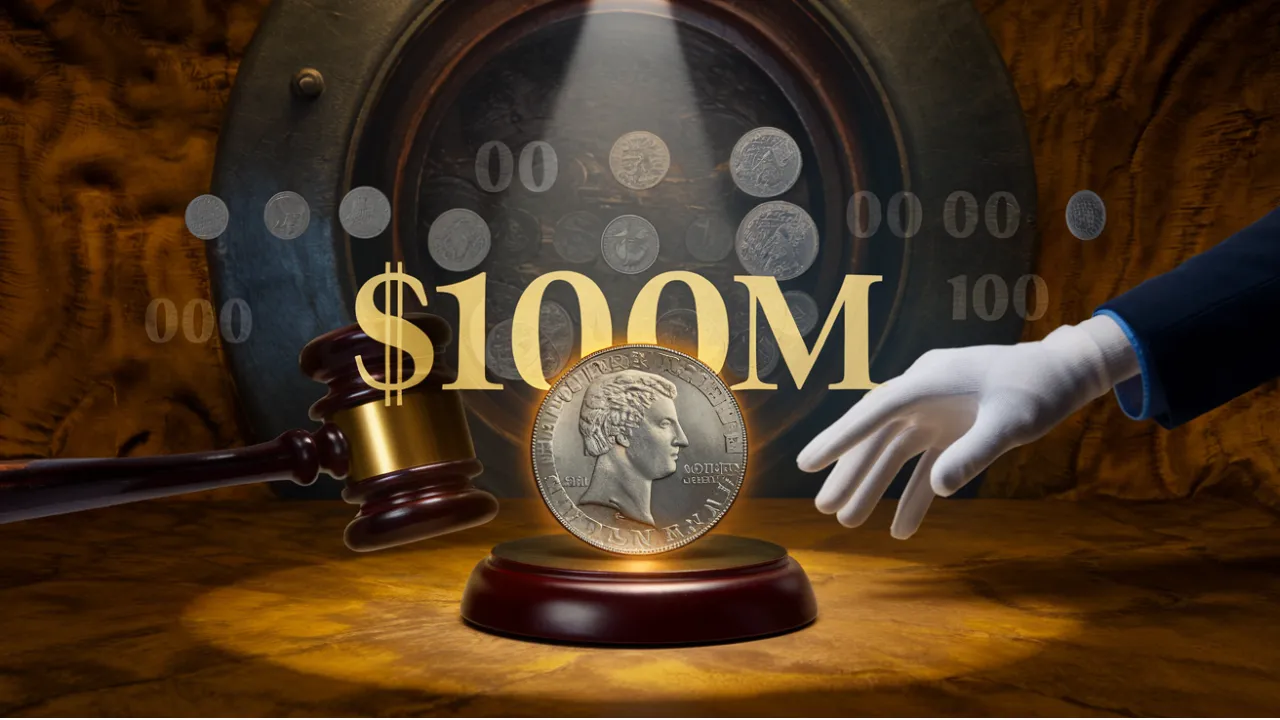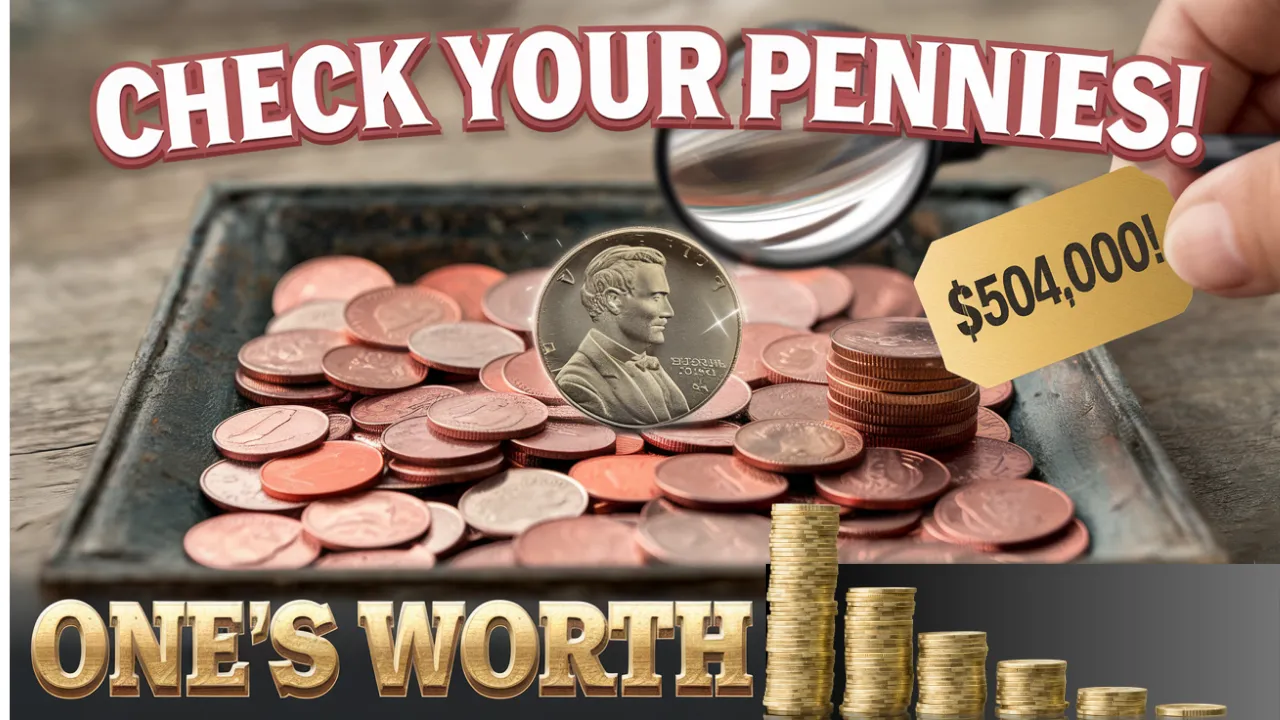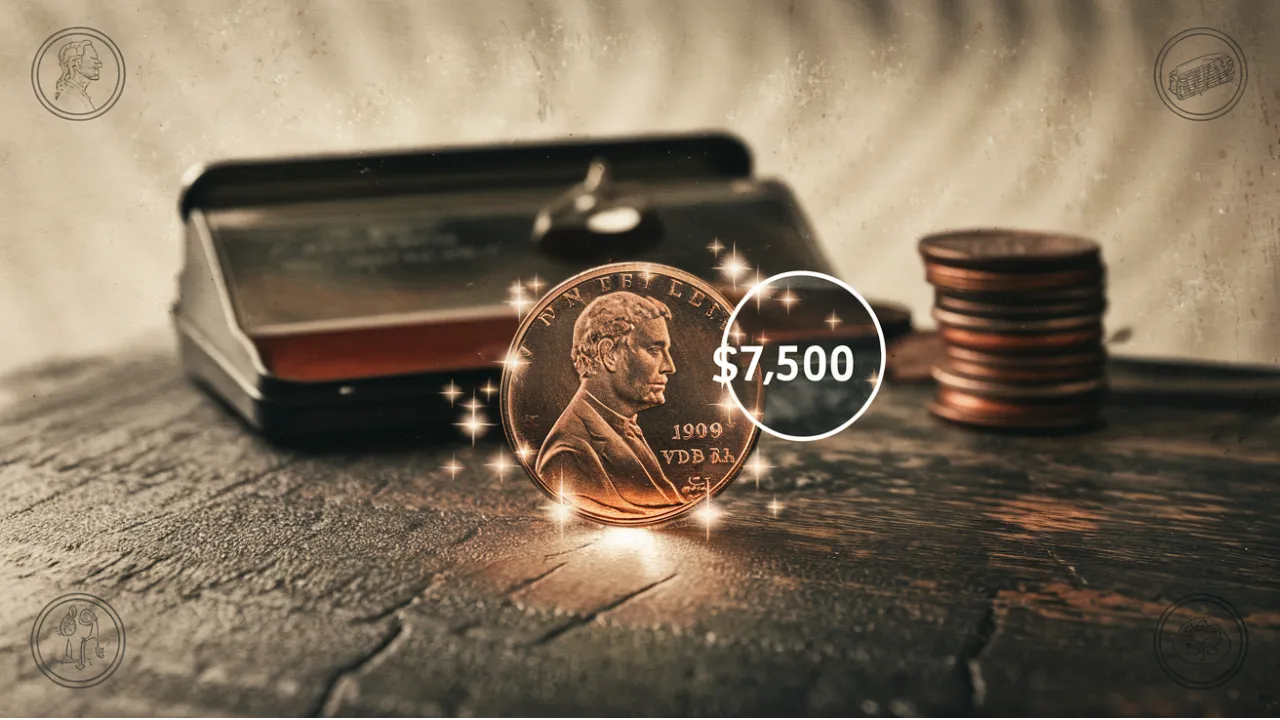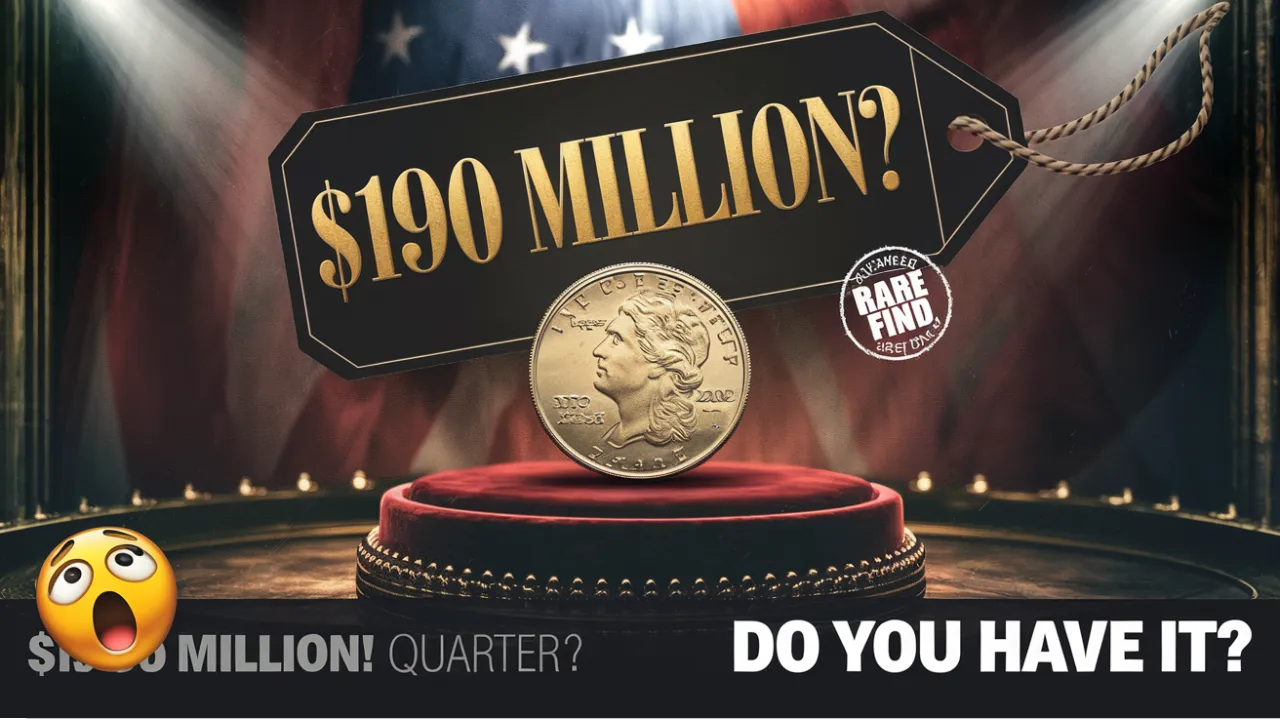The Lincoln Is a $114 Million Wheat Penny: Imagine finding a $114 Million Wheat Penny hidden in your spare change. It might sound unbelievable, but some rare pennies are worth a fortune. Among them, the Lincoln Wheat Penny stands out, with one specific 1943 bronze edition valued at a staggering $114 million.
This article delves into the fascinating history of the Lincoln Wheat Penny, what makes certain versions so valuable, and how you might still find one in everyday circulation. You’ll also discover tips on identifying and selling these rare coins, turning a simple penny into a life-changing treasure.
Overview Table
| Key Information | Details |
| Coin Name | Lincoln Wheat Penny |
| First Minted | 1909 |
| Designer | Victor David Brenner |
| Most Valuable Edition | 1943 Bronze Lincoln Wheat Penny |
| Reason for High Value | Minting error during World War II |
| Current Estimated Value | Up to $114 million |
| Where to Look | Pocket change, old coin jars, inherited collections |
| Identification Method | Check date, mint mark, and use a magnet test |
| How to Sell | Auctions, coin dealers, and online platforms |
The History of the Lincoln Wheat Penny
The Lincoln Wheat Penny made its debut in 1909 to commemorate the 100th anniversary of Abraham Lincoln’s birth. Designed by Victor David Brenner, the coin features Lincoln’s profile on the front and two wheat stalks on the back, symbolizing prosperity and growth. This design was groundbreaking, as Lincoln became the first historical figure to appear on a U.S. coin.
Produced until 1958, the Lincoln Wheat Penny became a staple in American currency. Its design changed in 1959 when the Lincoln Memorial replaced the wheat stalks. Despite this change, the original wheat penny remains a beloved collector’s item, especially rare editions like the 1943 Bronze Wheat Penny, which is now valued at millions due to its unique history and scarcity.
Why Are Some Lincoln Wheat Pennies Worth Millions?
While not every Lincoln Wheat Penny holds significant value, specific factors can elevate some coins to astonishing price tags. The key factors that determine a penny’s worth include:
- Rarity: Fewer coins mean higher demand and value.
- Minting Errors: Mistakes made during production create unique coins sought after by collectors.
- Year of Production: Older and limited-edition pennies are more desirable.
- Condition: Coins in mint or near-mint condition command higher prices.
The 1943 Bronze Lincoln Wheat Penny is one of the most sought-after editions. During World War II, the U.S. Mint used steel for pennies to conserve copper. However, a few bronze pennies were mistakenly struck, making them incredibly rare and valuable.
The $114 Million Wheat Penny: A Collector’s Dream
The most valuable Lincoln Wheat Penny, worth an astonishing $114 million, is believed to be a one-of-a-kind 1943 bronze penny. Experts suggest this penny was created when copper blanks from the previous year were mistakenly used at the Philadelphia Mint, resulting in a small number of bronze coins being produced.
This error, combined with its historical context and extreme rarity, makes the $114 Million Wheat Penny the crown jewel of coin collecting. Collectors worldwide dream of owning this legendary penny, as its value continues to increase over time.
Can You Still Find This Penny in Circulation?
Believe it or not, there’s still a chance of finding a rare $114 Million Wheat Penny in circulation. Many people overlook old pennies, unaware of their potential value. Over the decades, some rare pennies have found their way into everyday use, hiding in coin jars, wallets, and spare change.
To maximize your chances, pay attention to pennies from the following years: 1909, 1914, 1922, 1931, and 1943. If you discover a 1943 penny, use a magnet to test it—if the penny doesn’t stick, it might be a rare bronze edition worth millions.
How to Identify a Rare Wheat Penny
If you think you’ve found a valuable Lincoln Wheat Penny, follow these steps to verify its authenticity:
- Check the Date and Mint Mark: Look for key years like 1909-S, 1914-D, 1922, 1931-S, or 1943 bronze. The mint mark (S, D, or no mark) indicates where the coin was produced.
- Inspect for Errors: Examine the coin for off-center strikes, double die errors, or unusual markings that can increase its value.
- Test the Material: For 1943 pennies, use a magnet. If the penny doesn’t stick, it’s made of bronze and could be extremely valuable.
- Assess the Condition: The better the coin’s condition, the higher its value. Coins with minimal wear are more desirable.
If your penny meets these criteria, you may have a valuable collector’s item on your hands.
How to Sell a Rare Lincoln Wheat Penny
If you believe you’ve found a rare $114 Million Wheat Penny, follow these steps to sell it for the highest price possible:
- Seek Professional Appraisal: Contact a coin expert or numismatic grading service like PCGS or NGC to authenticate and assess your coin’s value.
- Choose the Right Platform: Sell your coin through reputable auction houses such as Heritage Auctions or Stack’s Bowers, which specialize in rare coins.
- Consider Online Auctions: Platforms like eBay can also be used, but ensure you list your coin with detailed photos and accurate descriptions.
- Provide Documentation: Include clear images and information about the coin’s condition, history, and verification results to attract serious buyers.
Selling through trusted channels ensures you receive a fair price and protects you from scams.
Tips for Finding Rare Pennies
- Check Your Spare Change: Always inspect the pennies you receive in change, as rare coins can still be found.
- Search Old Coin Jars: Coins collected over the years may include valuable editions.
- Visit Estate Sales and Flea Markets: These places often have old coins that people overlook.
- Join Coin Collecting Forums: Online communities offer valuable tips and updates on rare coins.
FAQs
1. Why is the $114 Million Wheat Penny so valuable?
Its rarity, historical significance, and the minting error during World War II make it one of the most valuable coins in existence.
2. How can I tell if my 1943 penny is made of bronze?
Use a magnet—if the penny doesn’t stick, it’s bronze and could be worth millions.
3. Are other Lincoln Wheat Pennies valuable?
Yes, pennies from 1909-S, 1914-D, 1922, and 1931-S can also be valuable, especially in good condition.
4. Where can I get my coin appraised?
Contact professional coin grading services like PCGS or NGC for accurate appraisals and certification.
5. Can I still find a $114 Million Wheat Penny in circulation?
While rare, it’s possible to find one in spare change, old coin jars, or inherited collections.
Final Thought
The idea that a simple penny could be worth $114 million is fascinating. The Lincoln Wheat Penny, especially the rare 1943 bronze edition, is a testament to how small errors can create valuable collectibles. Don’t underestimate the pennies in your pocket—they might hold a hidden fortune. Start checking your change today, and if you find a rare coin, share your discovery in the comments. Happy hunting!
